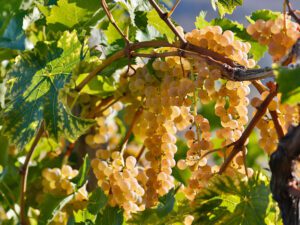
Top 10 Hybrids You Should Try
Meet ten under-the-radar hybrid grapes that balance resilience with dazzling flavor innovation.
Welcome to the new Grape Grind website!
Celebrate with 10% OFF Guides! Code: GUIDES10
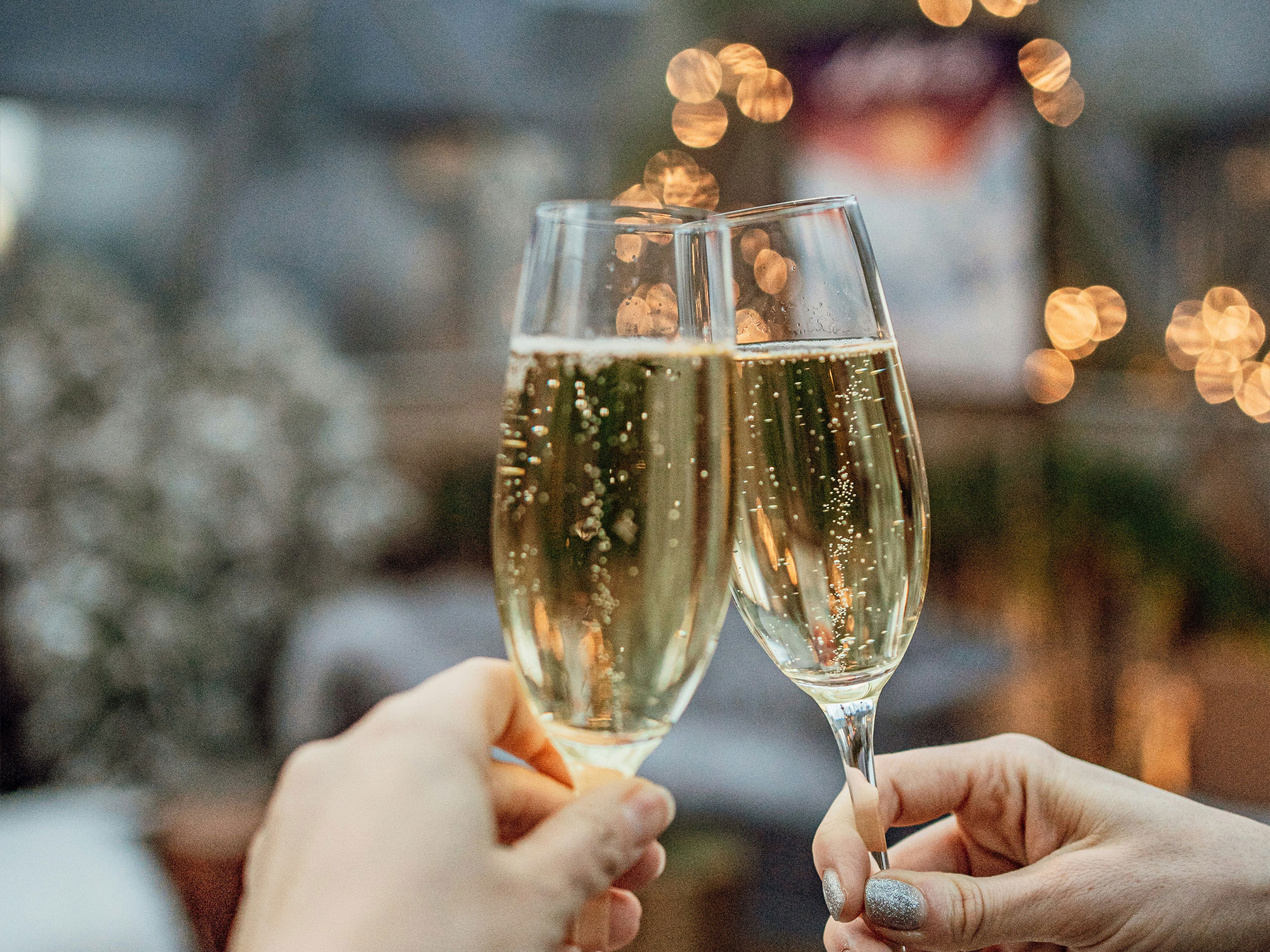
Champagne has always been synonymous with festivities, celebrations, and toasts. Recently, however, it is being regarded as so much more than that: a well-crafted sparkling wine to be enjoyed, analyzed and assessed, because sparkling wine, above all else, is…well…wine.
More people are drinking premium quality sparkling wine- and more frequently. Its image is shifting from purely a celebratory drink to one that can be savored any day and in any setting- like you would wine. There is more general awareness now of the complexity and delicate aromas and flavors of these wines, led by Champagne – from terroir driven grower Champagne, for example, to vintage Champagne to aged Champagne. Sparkling wines are also getting more affordable, and more accessible too, increasingly being included in restaurants’ pairing menus.
That said, it is essential to drink Champagne (or other premium quality sparkling wine), in the most suitable glass to show the beverage at its best and have the optimal sensory experience! Producers know it, wine professionals and sommeliers know it, and now this fact is “spilling over” to enthusiasts and consumers.
Here is some background on the most popular sparkling wine glasses.
Traditionally, the popular glasses for sparkling wine have been primarily the saucer shaped “coupe” and the tall and lean “flute”.
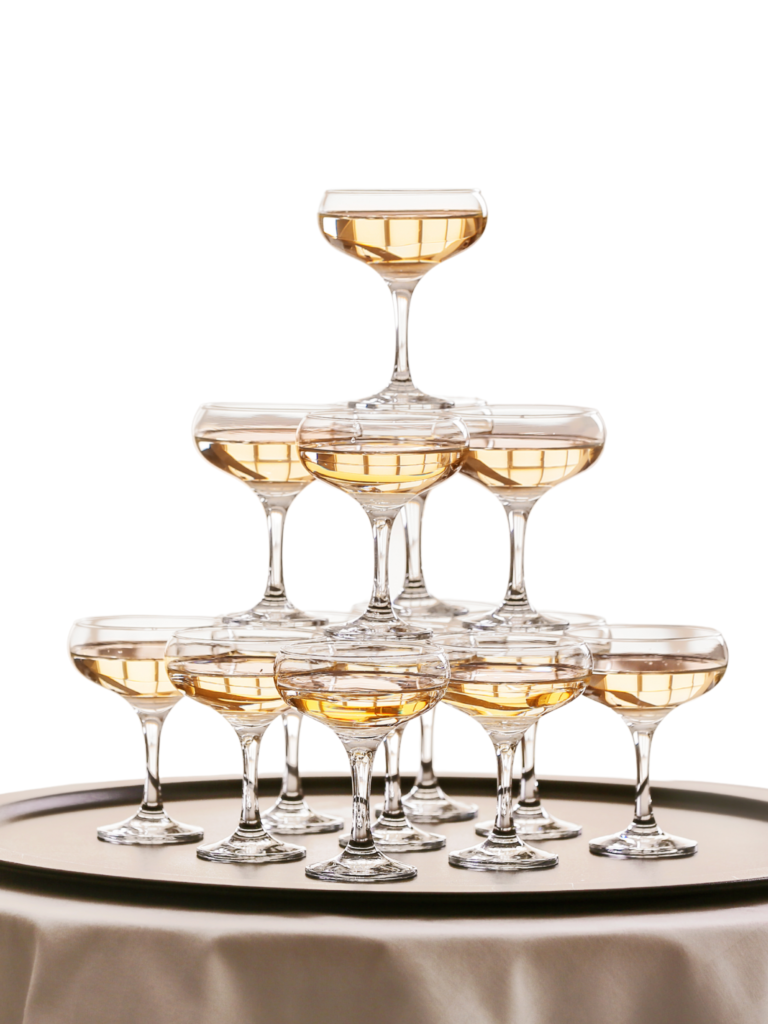
The coupe, which was heavily adopted in the 1950s as a sign of luxury and elegance, was made especially famous by movie stars as the drinking vessel of choice-think Marilyn Monroe and Sophia Lauren. It is still extensively used today, especially in parties and “Champagne towers”.
However, even though the coupe is at the core of the sparkling wine culture, it is far from being an ideal vessel to appreciate the drink. Its wide surface area and shallow bowl dissipates the bubbles quickly, making the drink taste flat, and loses the aromas of the wine, from the wide surface area, into the air. It also makes swirling and nosing the drink an impossible and messy task.
That said, it’s most likely that the popularity of the coupe will continue in the foreseeable future as it will always be true to its purpose: being a fun glass at parties and being the best for building towers!
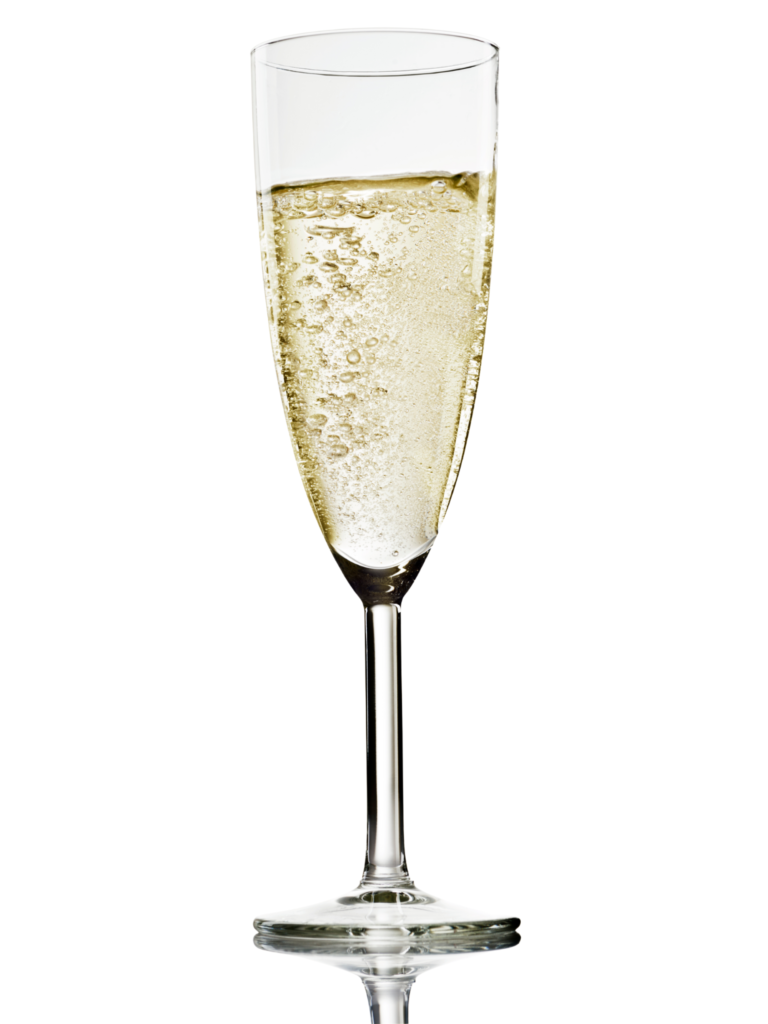
The flute, on the other hand, is a tall lean glass and it is officially what staff in the hospitality industry are trained to serve sparkling wine in. This glass offers a beautiful visual of effervescence, the trademark of sparkling wine. It’s also deep enough for good bubble retention, as the string of bubbles take more time to reach the surface and pop, carrying aroma compounds that are released at the surface as they do so.
The aromas that travel to the top, however, are restricted due to the flute’s small surface area, and the narrow rim will not allow the drinker to smell properly. Additional swirling to release more aromas is also challenging due to the narrow body of the flute.
However, flute glasses are still essential during celebrations where sparkling wines are poured for many at once and having and preserving bubbles, for as long as possible, is crucial. And for that role, the flute glass is likely to remain the vessel of choice for celebrations where the fizz, rather than complexity, is key.
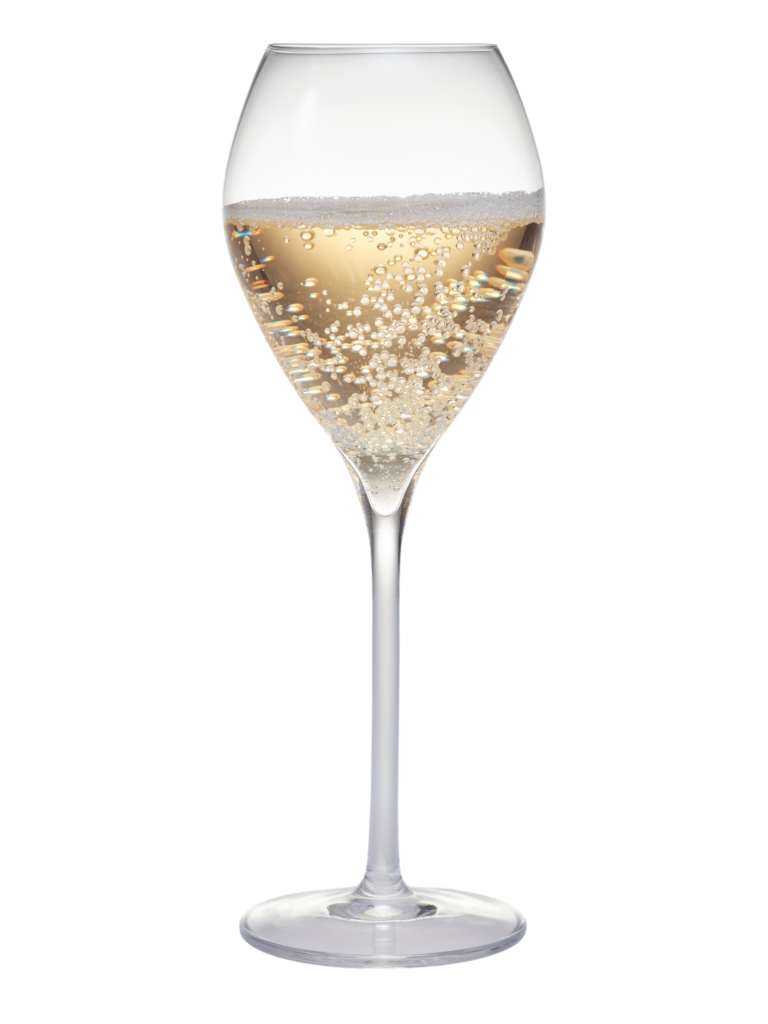
This gives way to the glass that producers, sommeliers and people “in the know” use: the tulip glass. This vessel has the right shape, depth and rim to retain bubbles and highlight aroma complexity.
Sparkling wines are tasted professionally as you would white wine, on the nose and the palate. That in addition to mousse assessment (bubbles) on the palate, if they’re delicate or creamy or aggressive, for example. An extra attention is also given to the yeasty aromas and flavors when it comes to traditional method sparkling wines like Champagne.
The tulip here is the glass of choice since it has a wide enough bowl to be able to swirl/release aromas and sufficient space for the aromas to be collected between the surface of the wine and the top of the glass. The inward curving of the tulip’s rim also concentrates the aromas and “funnels” them into the nose, and just as important, the rim is wide enough to enable the taster to take a good sniff of those aromas.
And finally, the deeper pointy base of the tulip glass, located between the bowl and stem, also helps to create a steady pearl of bubbles and retains them, which is essential for any sparkling wine experience.
Generally, in the absence of a tulip glass, enthusiasts in restaurants or at home, aiming to have their premium sparkling wines at their full potential, usually go with a white wine glass which is the best second choice. In sparkling wine tasting events/ fairs, the wines are poured in white wine glasses as well.
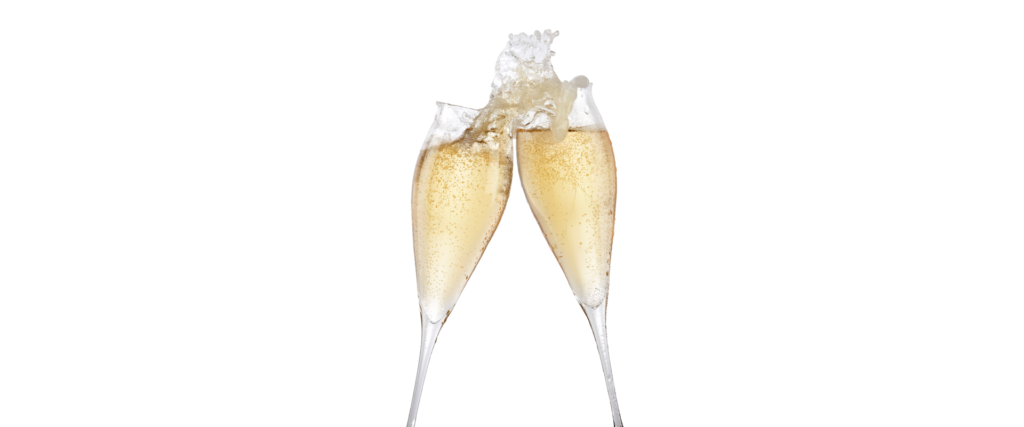
It is unlikely that in the Champagne vessel realm, there will be a “one glass to rule them all”. The choice of one glass over the other will depend primarily on the purpose and the occasion of drinking. The coupe, the flute, and the tulip will continue to co-exist, especially knowing that not every sparkling wine needs to/deserves to be fully assessed.
That said, however, with more awareness, appreciation, affordability, and accessibility of premium sparkling wines, it is expected that more of these wines will be drunk and appreciated in the tulip or white wine glasses to unfold and reveal their true nature.
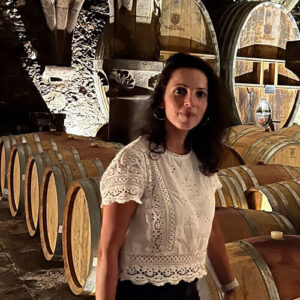

Meet ten under-the-radar hybrid grapes that balance resilience with dazzling flavor innovation.
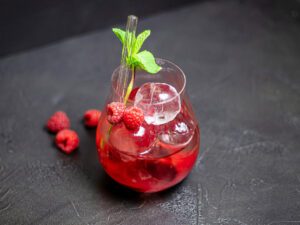
Explore a curated selection of non-alcoholic spirits, including Ritual’s whiskey, gin, rum, and agave alternatives, perfect for mindful sipping and cocktail crafting.
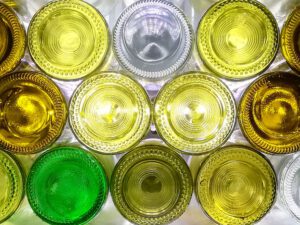
Discover how wine bottles evolved from fragile glass to iconic shapes, and how packaging influences perception, preservation, and the modern wine experience.
No matter your current skill level, we can help you improve – pass that exam, share your wine knowledge with others, guide your buyers, enhance your guests’ experience, and show up with confidence and credibility as a wine professional!
Want to get better at tasting wine?